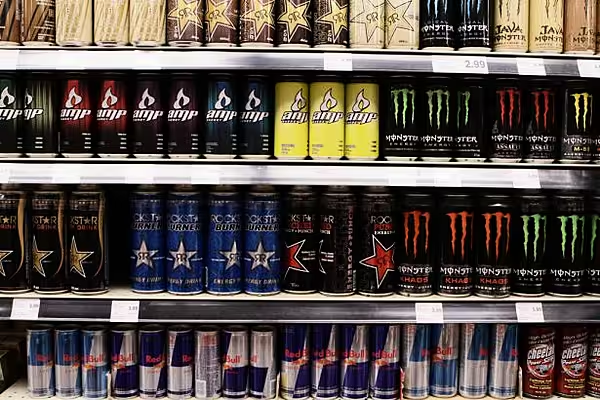Laurent Thoumine, Managing Director and Retail Lead, Europe, Accenture, explores the growth of social commerce. This article first appeared in ESM May/June 2022.
About 3.5 billion people use social media. That’s around 44% of the total global population. And this figure is growing all the time — more than 300 million social media users came online between 2019 and 2020 alone.
With users of social platforms spending on average 2.5 hours every day, there are a large number of people spending a large amount of time on social media around the world. And that’s changing the way they consume.
For many, social platforms have become the gateway to the digital economy: the first point of call for news, entertainment, communication — and now shopping. Social commerce is set to transform just about every segment of retail.
Why? Because we all want to be inspired by people we feel we know and can trust. And who better to receive a recommendation from than a family member, a friend, someone from the local community, or an influencer we know and respect? Social commerce serves these needs, offering a more trusted, more personal, and more authentic route to product discovery.
Grocery’s Social Moment Is Coming
The logistics of getting fresh goods to consumer homes has always made grocery a distinct sub-segment within digital commerce. But, even here, social commerce is set to have a significant impact.
In China, it’s already happening. For example, one of the country’s biggest livestream stars, Viya, is thought to have sold around $137 million (€123.7 million) worth of food products via the e-commerce platform Taobao.
But there’s also a growing number of opportunities elsewhere, particularly in developing markets. In Brazil, for example, the market is set to grow by 43% annually — and in India by 72% — albeit from a much lower starting point.
In fact, the global market is expected to grow by 16% annually through to 2025, reaching a potential total value of $159 billion (€143.4 billion) globally, although China will still dominate the market at that point, constituting around 92% of the total global value.
From Powerhouse To People-Powered
What sort of grocery business models does social commerce enable? One of the key features is the ability to connect producers directly with consumers and support group buying models (buying with others in bulk at a discount). In fact, Accenture’s research shows food is the most popular category for group buying, and over a quarter of shoppers rank it as a top-ten 'must have' feature of social commerce.
Chinese operator PinDuoDuo is a great example. In 2020, the social commerce platform, which features group buying and gamified commerce, enabled around 12 million farmers to sell over $41 billion of agricultural goods direct to consumers.
Making Grocery Shopping A Social Phenomenon
Ordering via chat is also a popular feature of social commerce, particularly in developing markets. For example, over a quarter of shoppers in India (27%) and Brazil (29%) rank it as a top-ten must have. And brands are stepping up to meet the need: India’s JioMart now enables grocery shopping via a new WhatsApp 'tap and chat' option.
Grocers in the United States have also spotted the opportunity. Weee, for example, is integrating social commerce capabilities into its app. The e-grocer, which specialises in Asian and Hispanic food, enables shoppers to share their orders with friends, earning themselves loyalty points in the process.
Live streaming is of course one of the key channels for social commerce. And here, too, grocery is catching up. Accenture’s research shows that nearly half of all food shoppers (47%) now say they’d be likely to watch a livestream for groceries. This rises to 57% for Millennials and 61% for higher-income households.
Are Grocers Ready For The Social Revolution?
Social commerce is, fundamentally, a levelling force. It’s a new avenue to connect with consumers and opens up new opportunities for alternative, smaller brands and individual producers, as well as established players.
As the phenomenon continues to grow, grocers will need to pay careful attention to the opportunity.
© 2022 European Supermarket Magazine – your source for the latest Retail news. Article by Laurent Thoumine, Accenture. Click subscribe to sign up to ESM: European Supermarket Magazine.














